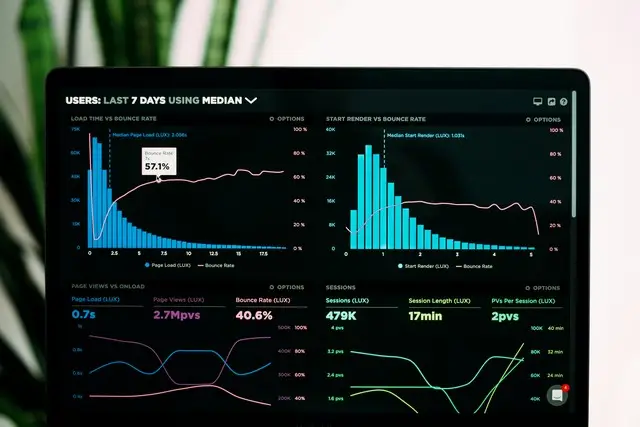Table of Contents
- Definition and Scope
- Historical Context
- The Econometric Model
- Estimation Methods
- Hypothesis Testing and Model Selection
- Applications of Econometrics
- Challenges and Limitations
- Conclusion
- Think!
- Essay Suggestions
- Research Suggestions
- Further Reading
Econometrics is a specialized branch of economics that uses statistical and mathematical methods to analyze economic data. It aims to provide empirical content to economic relationships, making it possible to test theories, estimate relationships, and predict future trends. The integration of statistical tools with economic theory makes econometrics a crucial part of modern economic research, policy making, and business strategy.
Definition and Scope
Econometrics can be broadly defined as the quantitative analysis of economic phenomena using statistical methods. Its primary objective is to convert qualitative economic concepts into quantitative analysis through the use of data. This field encompasses various activities including the specification of economic models, estimation of parameters, hypothesis testing, and forecasting.
The scope of econometrics is wide, covering diverse areas such as microeconometrics, which focuses on individual and firm-level data; macroeconometrics, which deals with aggregate economic variables; and financial econometrics, which applies econometric techniques to financial markets and data.
Historical Context
The development of econometrics as a distinct field began in the early 20th century, although its roots can be traced back to earlier work in statistics and economics. Key figures in the establishment of econometrics include Ragnar Frisch, who coined the term “econometrics,” and Jan Tinbergen, who applied econometric methods to analyze business cycles and economic policy.
The foundation of the Econometric Society in 1930 and the subsequent establishment of its journal, “Econometrica,” provided a formal platform for the dissemination of econometric research. The post-World War II period saw significant advancements in econometric theory and methods, driven by the increasing availability of economic data and advances in computing technology.
The Econometric Model
An econometric model typically consists of three main components: the theoretical model, the econometric specification, and the data.
- Theoretical Model: This component is based on economic theory and provides a conceptual framework that describes the relationships between different economic variables. For example, a simple theoretical model might posit that consumer spending depends on income and interest rates.
- Econometric Specification: This involves translating the theoretical model into a mathematical form that can be estimated using statistical methods. For instance, the theoretical model of consumer spending could be specified as:Ct=β0+β1Yt+β2Rt+ϵtCt=β0+β1Yt+β2Rt+ϵtwhere CtCt is consumer spending, YtYt is income, RtRt is the interest rate, β0,β1,β2β0,β1,β2 are parameters to be estimated, and ϵtϵt is the error term capturing unobserved factors.
- Data: The final component is the empirical data used to estimate the econometric model. This data can be cross-sectional, time-series, or panel data. The choice of data type depends on the nature of the economic question being investigated.
Estimation Methods
The estimation of econometric models involves finding the values of the parameters that best fit the data. Several methods are used for this purpose:
- Ordinary Least Squares (OLS): OLS is the most commonly used method for estimating linear econometric models. It minimizes the sum of the squared differences between the observed values and the values predicted by the model. The OLS estimator is known for its simplicity and desirable statistical properties, such as being unbiased and consistent under certain conditions.
- Generalized Least Squares (GLS): GLS is an extension of OLS that accounts for heteroskedasticity and autocorrelation in the error terms. By adjusting for these issues, GLS provides more efficient parameter estimates.
- Maximum Likelihood Estimation (MLE): MLE is a more general estimation method that can be applied to a wide range of models, including those with non-linear relationships. MLE estimates the parameters by maximizing the likelihood function, which measures the probability of observing the given data.
- Instrumental Variables (IV): IV estimation is used when the explanatory variables are correlated with the error term, leading to biased OLS estimates. By using instruments—variables that are correlated with the endogenous explanatory variables but uncorrelated with the error term—IV methods provide consistent parameter estimates.
Hypothesis Testing and Model Selection
Once the parameters of an econometric model are estimated, hypothesis testing is used to assess the validity of economic theories and relationships. Common tests include:
Get the full article AD FREE. Join now for full access to all premium articles.
View Plans & Subscribe Already a member? Log in.






